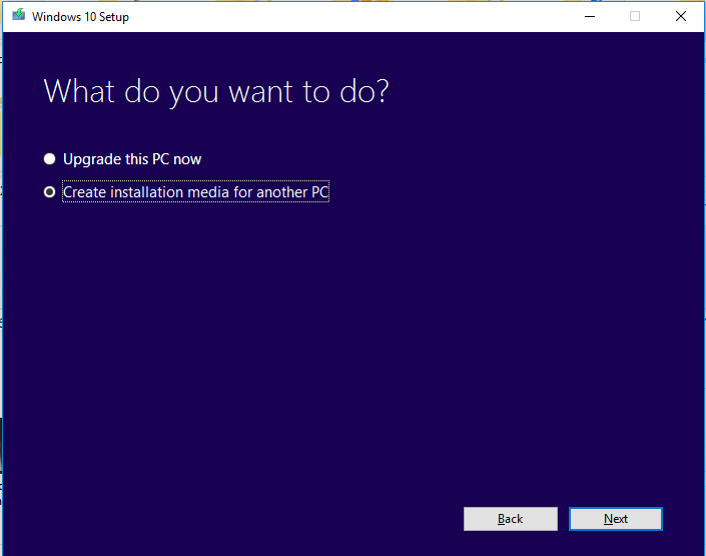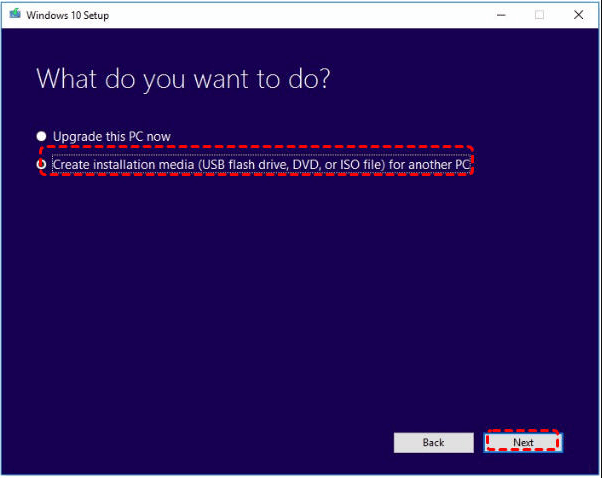
(Figure 1. Clearing Use the recommended options for this PC option) (Optional) Clear the Use the recommended options for this PC option. Under the “Create Windows 11 installation media” section, click "Download Now".ĭouble-click the MediaCrationToolW11.exe file to launch the tool. If you must install or reinstall Windows 11, you can use the Windows 11 media creation tool to create your own installation media using either a USB flash drive or a DVD. This requires a DVD writer on the computer you are using to create the media, and a DVD player on the computer that you want to install on. Microsoft recommends using an empty drive as any existing content will be deleted. You will need a USB flash drive with at least 4 GB of space.The download is roughly 4 GB and the time it will take to download will vary based on your connection speed and other factors. You will need a computer with a stable Internet connection.It is not necessary to enter your Windows product key when creating the Install Media or ISO File.īefore you start, here is what you may need: This tool will work on Windows 11, Windows 10, Windows 8/8.1 and Windows 7. Select your newly created bootable USB drive and press Enter.You can download the Media Creation Tool directly from Microsoft (Relevant links are below depending on Version). Highlight Boot Option #1 and press Enter.On this screen, press the right-arrow key to select the Boot tab. While the F2 key is held down, press the Power button to turn on your PC.Press and hold down the F2 key on your keyboard.

Plug-in your bootable USB drive to your PC and turn off the PC.On most computers, you can access BIOS by pressing and holding down the F2 key while your computer is booting up. Also, you need to disable the secure boot option in the same BIOS menu. To boot your computer from the newly created bootable drive, you need to change the boot order in the BIOS settings menu of your PC. How to Boot Your Computer From a Bootable Windows 10 USB Drive Your Windows 10 bootable USB drive is now ready.


Make sure Standard Windows installation is selected in the Image option dropdown menu.Choose Select next to this option, navigate to where you’ve saved Windows 10’s ISO file, and select the file to add it to Rufus. From the Boot selection menu, select Disk or ISO image (Please select).Select your USB drive from the Device dropdown menu at the top.


 0 kommentar(er)
0 kommentar(er)
